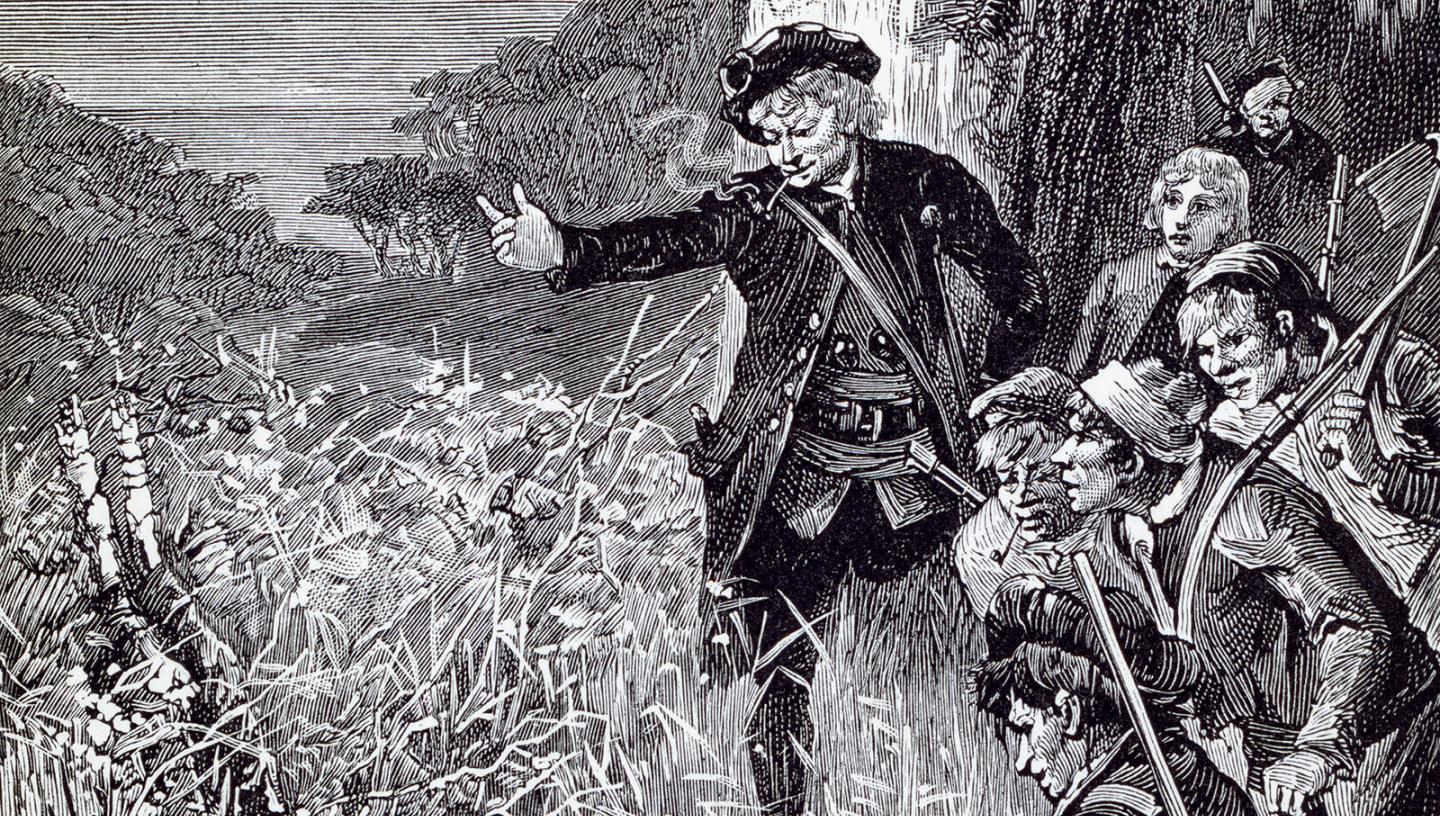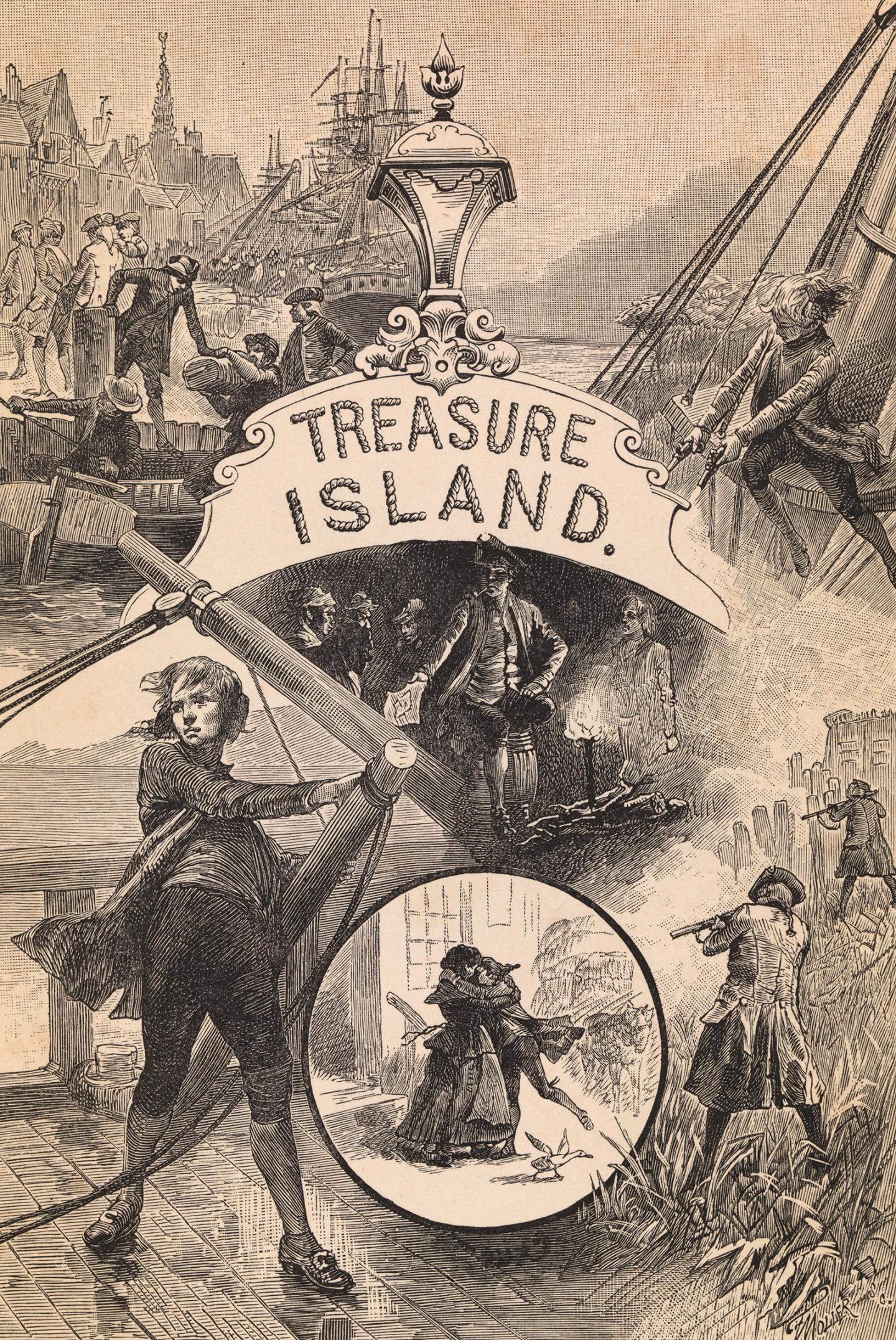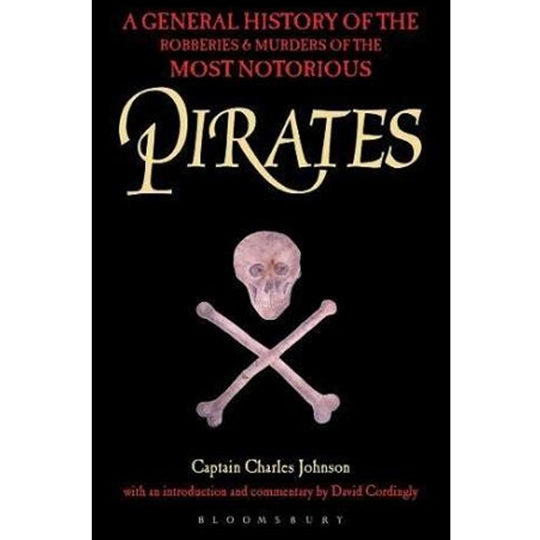
For over 300 years, we have been thrilled by the antics of fictional and fictionalised pirates from Long John Silver to Jack Sparrow.
Fiction or reality?
It's thanks to Peter Pan, Robert Louis Stevenson's Treasure Island (1883) and Hollywood that the pirates of history have become associated with treasure maps, pieces of eight and walking the plank.
Robert Louis Stevenson's Treasure Island
The popular image of a salty pirate wandering along on a wooden leg, with a parrot on his shoulder holding a treasure map pacing out the distance to where X marks the spot can all be traced back to this incredibly popular children’s book and the films it has inspired.
Capt Avery
In 1713 a play called The Successful Pirate was performed at the Theatre Royal, Drury Lane, London. It was loosely based on the life of Henry Avery who had made a fortune by capturing a treasure ship in the Indian Ocean.
The play was the first in a long line of popular melodramas with piratical themes. The most long-lasting was Blackbeard or The Captive Princess, which opened at the Royal Circus, Lambeth, in 1798 and was still being staged in the 1850s.
J.M. Barry's Peter Pan
The greatest and best-loved play involving pirates is undoubtedly J. M. Barry's Peter Pan. This had rave reviews when it opened on 27 December 1904, and has continued to be staged in London during the Christmas holidays ever since.
Captain Hook is better known than any of the pirates of history. The character has been played on stage and screen by a host of famous actors, including:
- Charles Laughton
- Boris Karloff
- Alastair Sim
- Donald Sinden
- Dustin Hoffman
Pirates of the Caribbean
Adding to the confusion is the practice of mixing in the names of real-life characters and places into fictional contexts and stories. Thus the real Blackbeard mixes with the fictional Jack Sparrow in Pirates of the Caribbean, and turns up in Treasure Island. While in the TV drama Black Sails we meet Charles Vane, Jack Rackham and Ned Low among others on Nassau.



